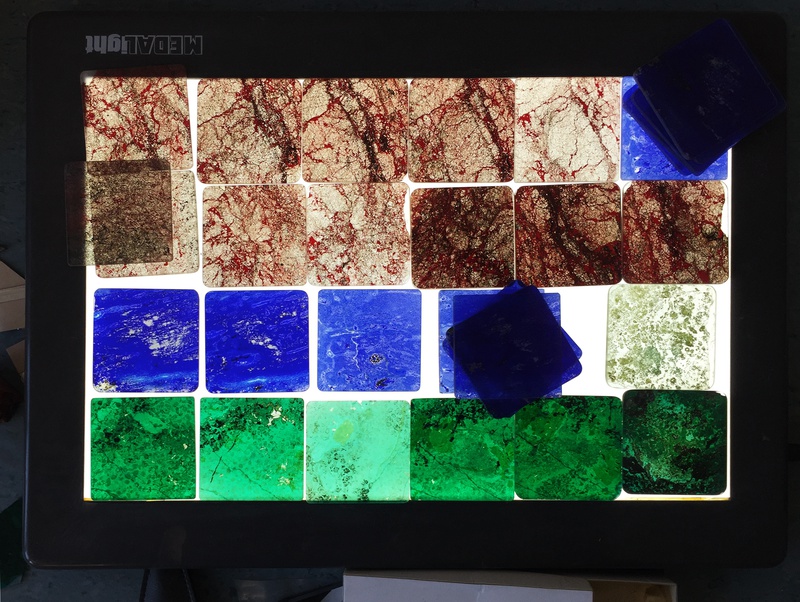Pieter Paul Pothoven carries out research into historic objects. He changes or recontextualises these objects in installations, text and photography. His aim is to create a new, fresh relationship with the past that is based on a reassessment of the utility value of the objects. For example, he has worked with antique Egyptian mirrors, his grandfather's prison spoon, houses in Amsterdam where the resistance was organised and a monument to the American east coast that commemorates the first landing of the Mayflower.
In 2009 Pothoven travelled to the ancient Sar-e-Sang mines in Afghanistan for a long-term study of the lapis lazuli. This rare stone served as the basis for the pigment ultramarine. At the same time, he studied the post-colonial history of the mines. Following the example of the German geologist, Karl Brückl – the first to capture photographic images of this location – Pothoven made the installation 'Lapis Lazuli from Serr-i-Sang', which involved him cutting a piece of lapis lazuli from Afghanistan into fragile slides.

